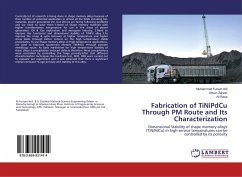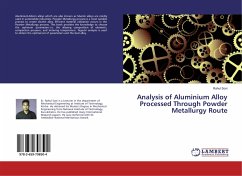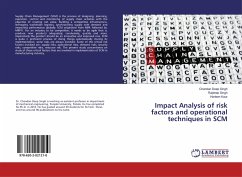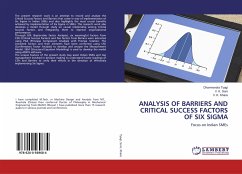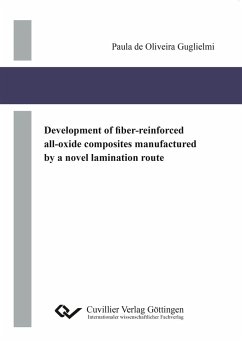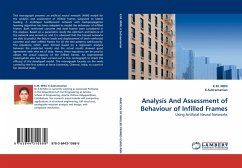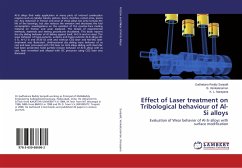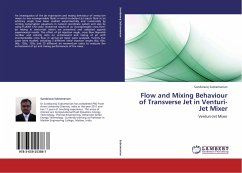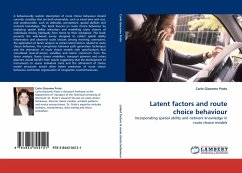
Latent factors and route choice behaviour
Incorporating spatial ability and network knowledge in route choice models
Versandkostenfrei!
Versandfertig in 6-10 Tagen
45,99 €
inkl. MwSt.

PAYBACK Punkte
23 °P sammeln!
A behaviourally realistic description of route choice behaviour should consider variables that are both observable, such as travel time and cost, and unobservable, such as attitudes, perceptions, spatial abilities and network knowledge. This book focuses on route choice behaviour by analyzing spatial ability indicators and modelling route choices of individuals driving habitually from home to their workplace. This book presents the web-based survey designed to collect spatial ability information and observed route choices among morning commuters, the application of factor analysis to extract l...
A behaviourally realistic description of route choice behaviour should consider variables that are both observable, such as travel time and cost, and unobservable, such as attitudes, perceptions, spatial abilities and network knowledge. This book focuses on route choice behaviour by analyzing spatial ability indicators and modelling route choices of individuals driving habitually from home to their workplace. This book presents the web-based survey designed to collect spatial ability information and observed route choices among morning commuters, the application of factor analysis to extract latent factors related to route choice behaviour, the comparison between path generation techniques and the estimation of route choice models with specifications that considered level-of-service variables and latent constructs from the factor analysis. Route choice modellers, transport planners and urban planners would benefit from results suggesting that the development of instruments to assess individual traits and the refinement of choice model structures would allow better prediction of route choice behaviour and better organization of congestion countermeasures.



